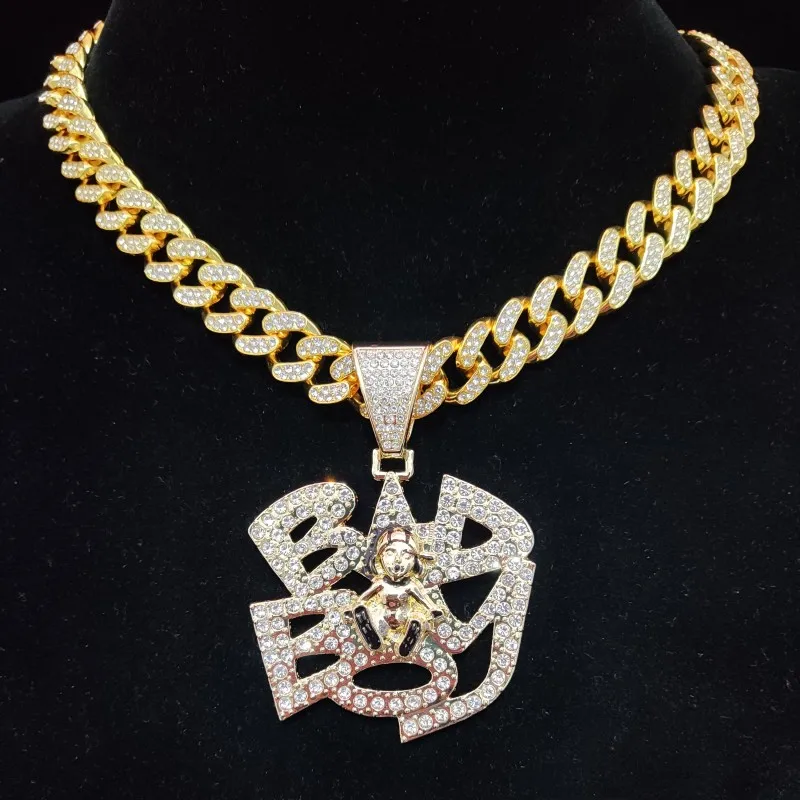
Hiphop jewelry is more than flashy accessories—it’s a reflection of culture, identity, and personal achievement. From gold chains in the 1980s Bronx to diamond-encrusted pendants on global runways, hiphop jewelry has evolved into a powerful symbol of self-expression. Whether you’re a fan, collector, or aspiring artist, understanding the history, styles, and cultural significance of hiphop jewelry is key to appreciating its impact.
The Origins of Hiphop Jewelry
The story of hiphop jewelry begins in the 1970s and 1980s in the Bronx, New York. Early artists like Run-D.M.C. and LL Cool J popularized gold chains and rings as symbols of success and resilience. Jewelry in these communities was more than decoration—it represented status, ambition, and pride in a world with limited opportunities. Nameplates, medallions, and simple gold chains became staples, establishing the foundation for what hiphop jewelry would become.
The Evolution Through the Decades
1990s: The “bling era” transformed jewelry into a flashy statement of wealth. Diamond-studded chains, oversized medallions, and custom grillz dominated the scene, with artists like Tupac and Biggie setting trends that would define hiphop style for decades.
2000s: Luxury and personalization took center stage. Custom pendants, bold rings, and iced-out watches became iconic. Collaborations with jewelers such as Johnny Dang and Avianne & Co. introduced high-quality, handcrafted pieces that reflected individuality.
2010s: The globalization of hiphop brought jewelry to audiences worldwide. Colored gemstones, creative cuts, and unisex designs became popular. Streetwear and high fashion began merging, expanding the influence of hiphop jewelry beyond music.
2020s: Modern hiphop jewelry emphasizes sustainability and innovation. Lab-grown diamonds, eco-friendly metals, and tech-driven customization like 3D printing have become mainstream. Social media platforms allow artists to showcase trends instantly, connecting fans with designs worldwide.
Key Symbols and Meanings in Hiphop Jewelry
Every piece of hiphop jewelry tells a story. Chains symbolize strength and resilience, while crosses and religious icons represent faith and protection. Crowns, dollar signs, and custom pendants signify achievement and status. More than style, jewelry acts as a storytelling tool, reflecting personal milestones, beliefs, and cultural identity.
Popular Types of Hiphop Jewelry
- Chains: Cuban links, rope chains, and Franco chains remain iconic.
- Pendants: Custom initials, logos, and symbolic designs express individuality.
- Grillz: Gold and diamond-studded teeth remain bold statements.
- Watches & Rings: Luxury timepieces and rings denote success and personality.
- Earrings: Hoops and studs add a modern flair and complete the look.
Materials and Craftsmanship
Gold, silver, platinum, and diamonds form the backbone of hiphop jewelry. Lab-grown diamonds are rising in popularity, providing ethical alternatives without compromising style. Craftsmanship is vital—precision in stone setting, engraving, and finishing distinguishes high-quality pieces from mass-produced jewelry. Authenticity and detail define both aesthetic appeal and value.
Influential Icons and Their Jewelry
Artists like Tupac, Biggie, Jay-Z, Drake, and Lil Baby have shaped jewelry trends. Celebrity collaborations with jewelers have elevated both the artist and the craft. Jewelers like Johnny Dang, Icebox, and Avianne & Co. are known for creating pieces that blend artistry with cultural significance, further cementing hiphop jewelry’s status in fashion.
Cultural Impact
Hiphop jewelry influences global fashion, art, and identity. It empowers communities, celebrates success, and merges street culture with luxury. From music videos to red carpet events, these accessories are not only stylish—they’re cultural symbols representing creativity, individuality, and social influence.
How to Style Hiphop Jewelry
Layer chains, mix metals, and balance bold pieces with subtle ones. Jewelry can complement streetwear, casual outfits, or formal attire. Do’s include layering thoughtfully and pairing with statement rings or watches; don’ts include over-accessorizing or mismatched metals. The goal is to showcase personality while maintaining cohesion.
Conclusion
Hiphop jewelry is far more than bling—it’s a cultural legacy. From its Bronx beginnings to today’s global fashion influence, it continues to represent success, self-expression, and individuality. Understanding its history, symbolism, and style helps fans and collectors appreciate the artistry and cultural significance behind every chain, pendant, and iced-out piece.
